The 26-inch bike has long been a staple in cycling, offering a balanced blend of performance, durability, and comfort across a wide range of riders. As cycling technology evolves, the 26-inch bike continues to maintain its relevance in various contexts, particularly for those who seek an adaptable, reliable option for both urban and off-road adventures. In this article, we explore the unique features and advantages of the 26-inch bike, its application in different cycling disciplines, and why it remains a popular choice for cyclists of all levels.
Versatility in Riding Styles
One of the most notable features of the 26-inch bike is its versatility. Designed to suit a broad spectrum of cycling activities, it strikes a middle ground between the smaller, more agile 24-inch bike and the larger, speed-focused 29-inch bike. This makes it ideal for riders who seek a well-rounded bicycle that can perform well in both urban settings and rugged terrains.
For mountain biking, the 26-inch wheel size has been a longstanding standard. While larger wheels, such as those found in 27.5-inch or 29-inch bikes, have gained popularity due to their enhanced rollover capabilities on rough terrain, the 26-inch bike still holds an edge in terms of handling, maneuverability, and overall control. The slightly smaller wheels are easier to control, especially on tight, technical trails, making them a good choice for riders who enjoy precise, responsive steering.
In urban and commuting settings, the 26-inch bike offers a perfect balance between speed and stability. With its nimble handling, it’s easier to weave through city traffic and navigate tight corners, making it an attractive option for city cyclists looking for a bike that can handle both smooth pavement and occasional rough patches.
Benefits of the 26-Inch Bike
-
Maneuverability and Control: One of the primary advantages of the 26-inch bike is its exceptional handling. The smaller wheels provide greater responsiveness, allowing riders to navigate tight turns and technical trails with ease. Whether tackling a steep downhill or weaving through urban obstacles, the 26-inch bike delivers a level of control that larger bikes may struggle to match.
-
Acceleration and Speed: Due to the smaller size of the wheels, the 26-inch bike typically accelerates faster than larger-wheeled counterparts. This makes it a great choice for riders who prioritize quick starts and dynamic riding, particularly in urban environments where frequent starts and stops are the norm.
-
Lightweight Construction: With a smaller wheel size comes a lighter frame and overall design. The 26-inch bike’s reduced weight makes it an excellent choice for those who need to carry or transport their bike over longer distances, such as urban commuters or cyclists who need to lift their bike onto public transport or store it in compact spaces.
-
Cost-Effectiveness: In many cases, 26-inch bikes are more affordable than their larger counterparts, especially in entry-level models. This cost efficiency makes them an appealing choice for budget-conscious riders who still want a durable, high-quality bike that doesn’t compromise on performance.
-
Easy to Maintain and Replace Parts: The 26-inch wheel size is commonly used, meaning parts such as tires, tubes, and rims are widely available and often less expensive than those for larger wheels. This makes the 26-inch bike an attractive option for those who want a low-maintenance and cost-effective bike.
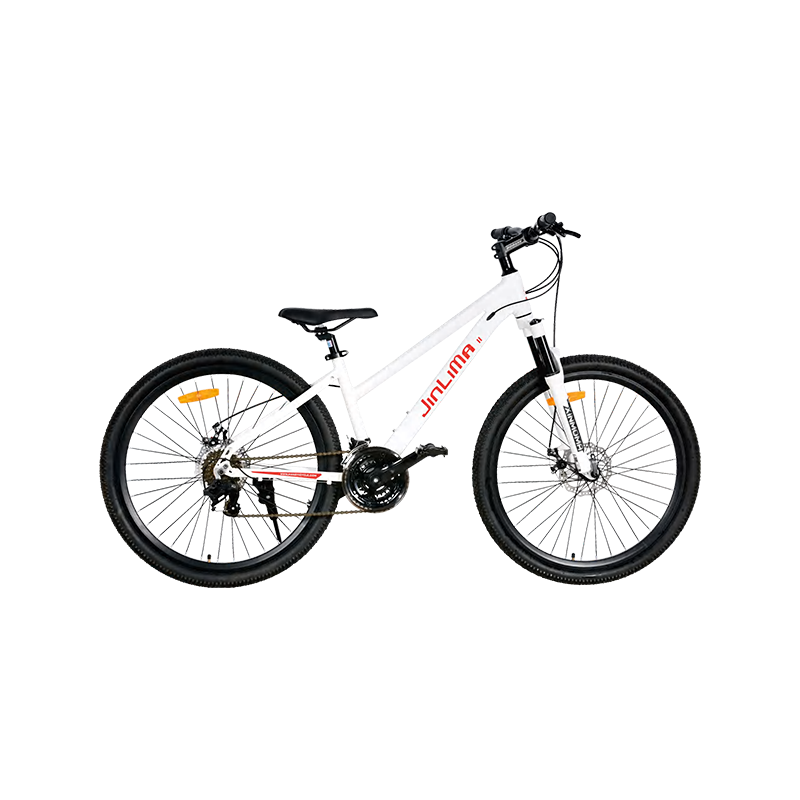
Applications in Various Cycling Disciplines
-
Mountain Biking: Although larger wheels have become more prevalent in mountain biking, the 26-inch bike still offers excellent performance on technical trails. Its smaller wheel size allows for quick turns, responsive braking, and agile handling on narrow, twisty paths. For riders who prefer a more controlled and agile ride in challenging terrain, the 26-inch mountain bike remains an enduring favorite.
-
Commuting and City Cycling: The 26-inch bike excels as an everyday commuter option, providing a balance of comfort, performance, and practicality. It’s easier to maneuver through crowded streets, and its speed and acceleration make it ideal for city riding. Additionally, its lightweight frame allows for easy transport and storage, an essential feature for those who rely on public transport or need to store their bike in smaller spaces.
-
Recreational Cycling: Whether cruising along a beach path, cycling through parks, or taking leisurely rides around town, the 26-inch bike is an excellent choice for recreational riders. Its mix of comfort, stability, and ease of handling makes it suitable for cyclists who enjoy casual riding without needing the specialized features of more aggressive performance bikes.
-
Touring and Long-Distance Cycling: For long-distance cyclists who prefer a more nimble, manageable bike for their adventures, the 26-inch bike offers a well-balanced solution. With the right modifications (such as pannier racks and comfortable saddles), a 26-inch bike can handle extended tours while offering great control and comfort over a variety of surfaces.
The 26-Inch Bike in Comparison to Other Wheel Sizes
While the 26-inch bike has its advantages, it’s important to understand how it compares to other common wheel sizes.
-
26-Inch vs. 29-Inch: The 29-inch bike, particularly in mountain biking, has gained popularity due to its ability to roll over obstacles with greater ease and maintain speed over longer distances. However, the 29-inch wheel comes at the cost of increased weight and less agile handling. The 26-inch bike, by contrast, offers better maneuverability and quicker acceleration, making it an ideal choice for more technical or fast-paced riding.
-
26-Inch vs. 24-Inch: While the 24-inch bike is often the choice for younger or smaller riders, the 26-inch bike provides more comfort and a smoother ride for adults, thanks to the larger wheels that can absorb bumps more effectively. It’s also better suited for tackling a wider range of terrains.
Future of the 26-Inch Bike
While some may predict the decline of the 26-inch bike as larger wheels continue to gain popularity in mountain biking and other cycling disciplines, the 26-inch wheel still holds a crucial place in the cycling world. Its combination of agility, performance, and affordability makes it a staple for recreational cyclists, commuters, and those seeking an all-around bike for multiple purposes.
Innovations in bike technology and materials will continue to enhance the performance of the 26-inch bike, ensuring that it remains relevant for years to come. Whether it’s in urban commuting, mountain biking, or recreational cycling, the 26-inch bike continues to be a versatile, reliable, and performance-oriented choice for cyclists of all kinds.


 0
0


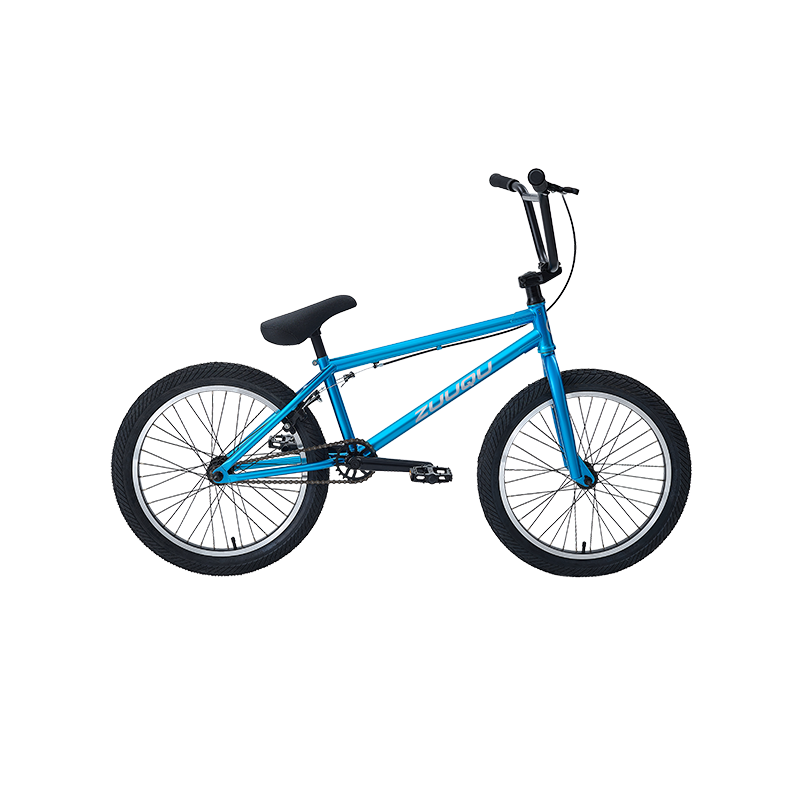

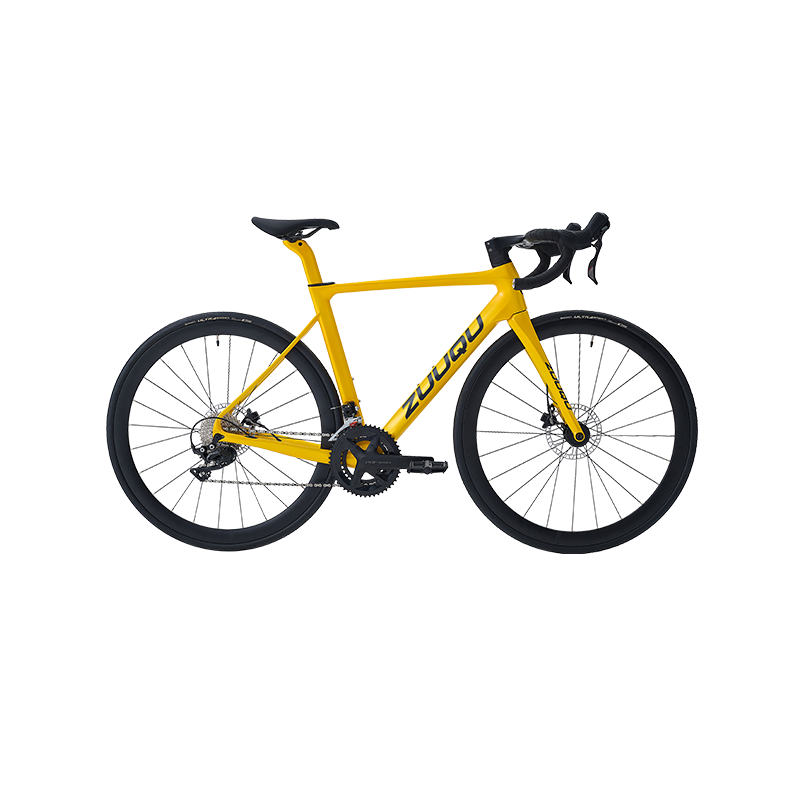
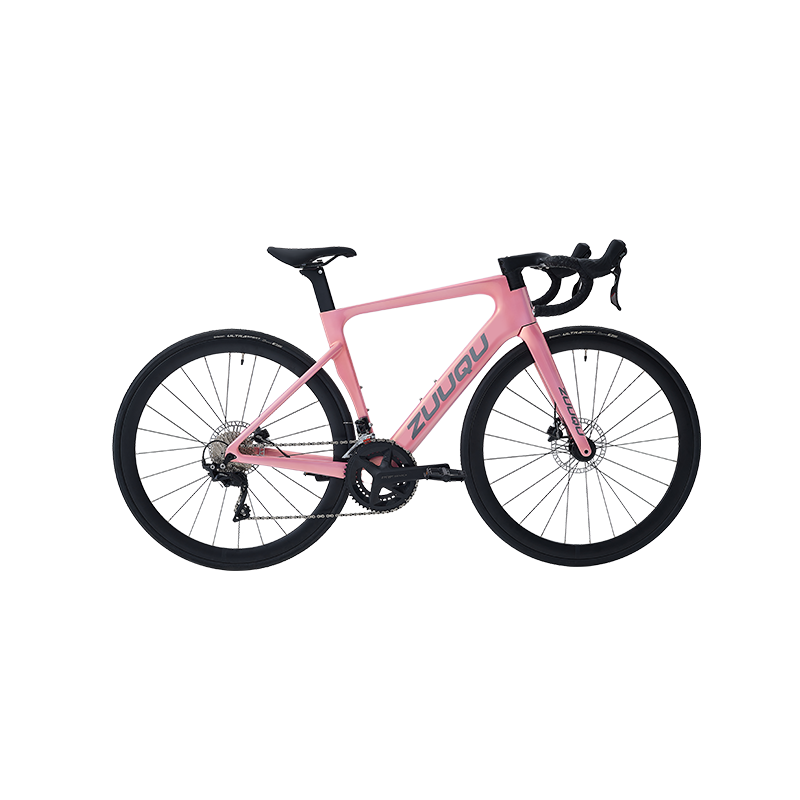
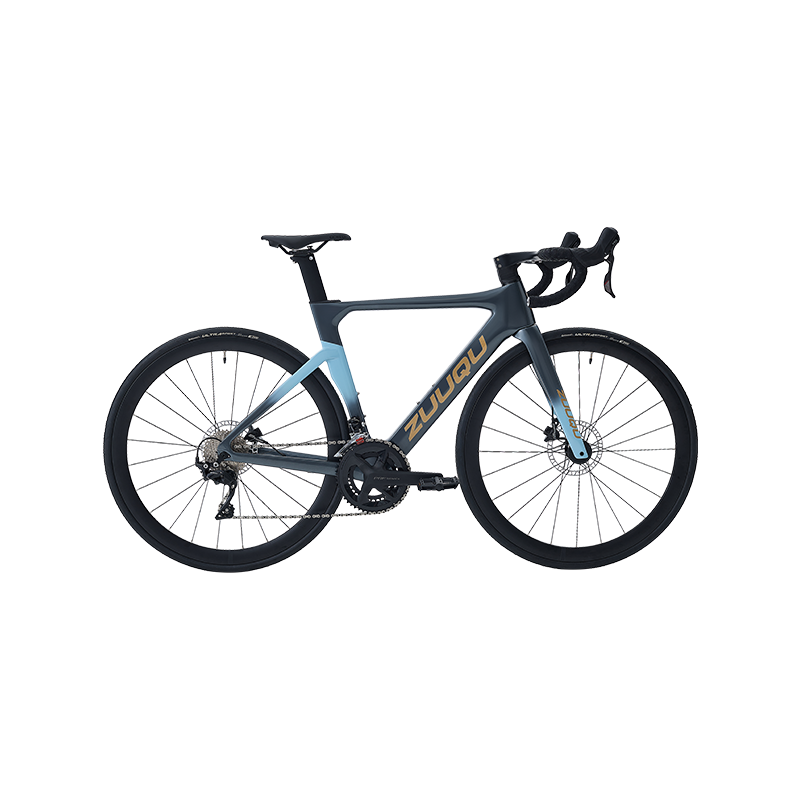
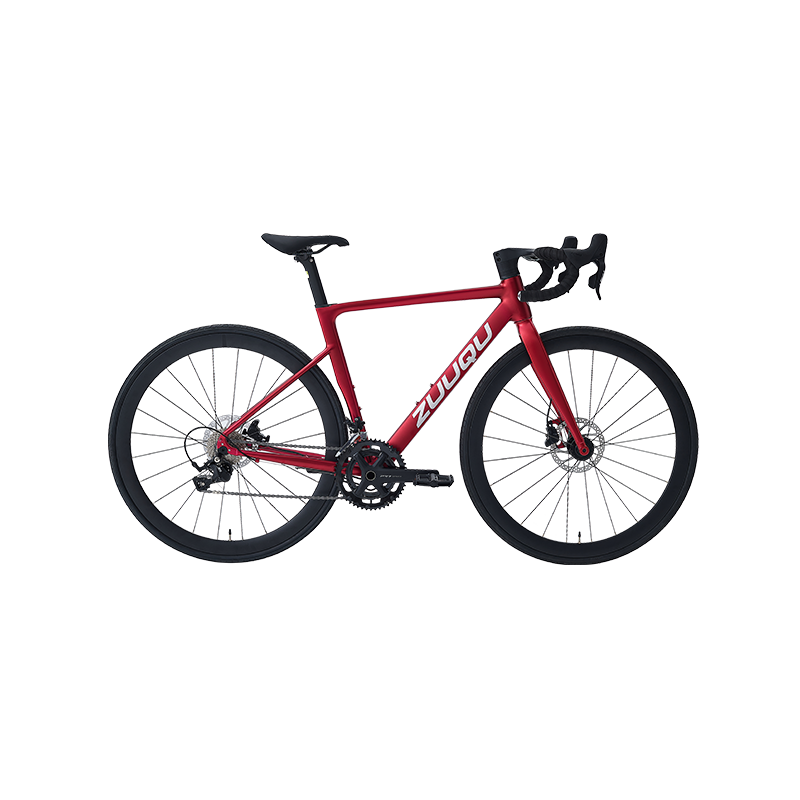
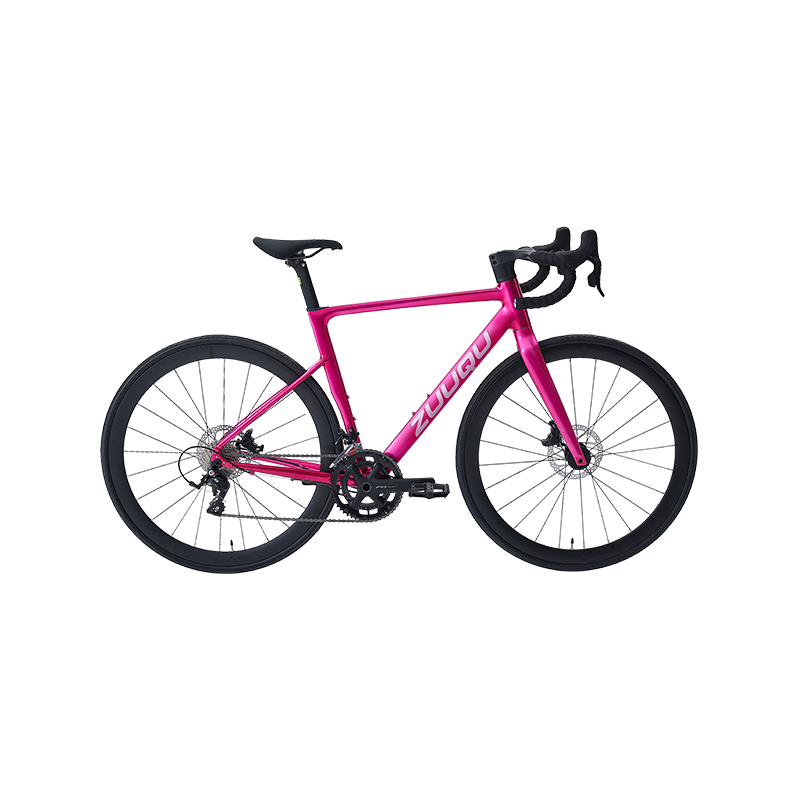

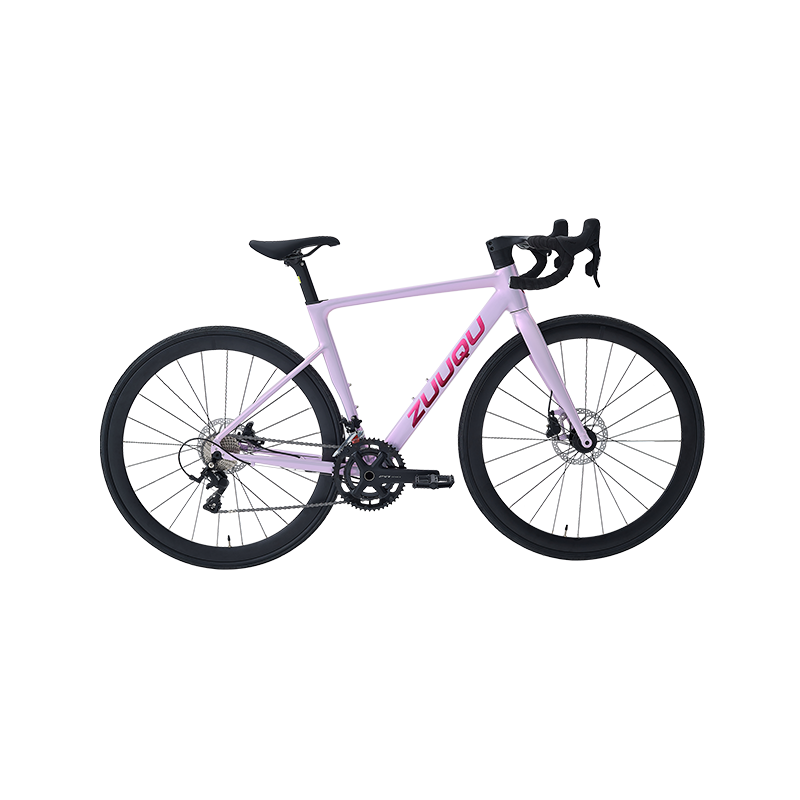
 Linhang industry park, Zhuji,
Linhang industry park, Zhuji,  +86-18858280688
+86-18858280688
